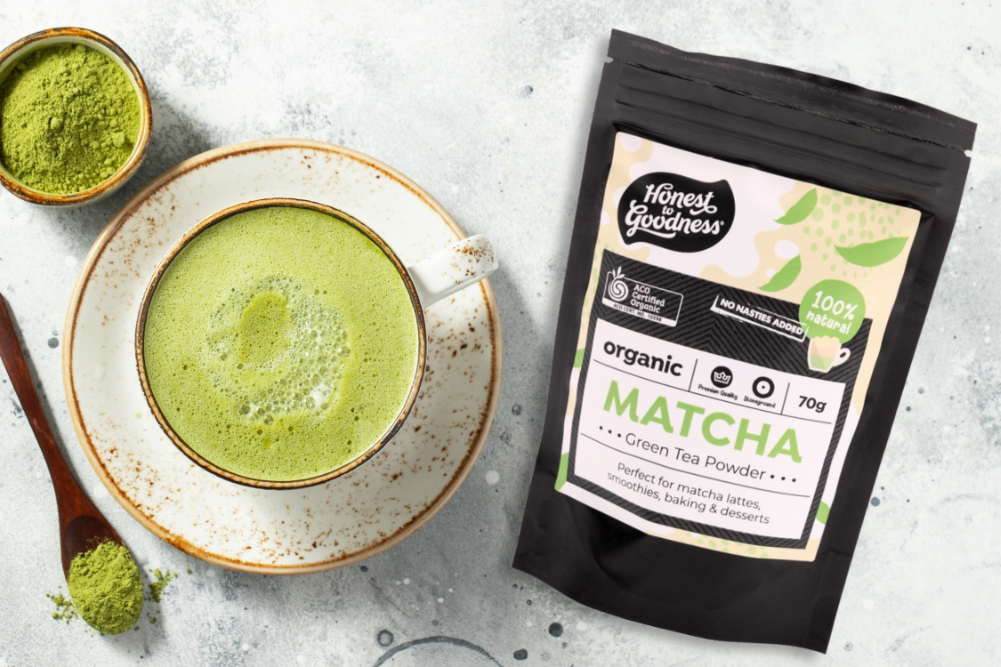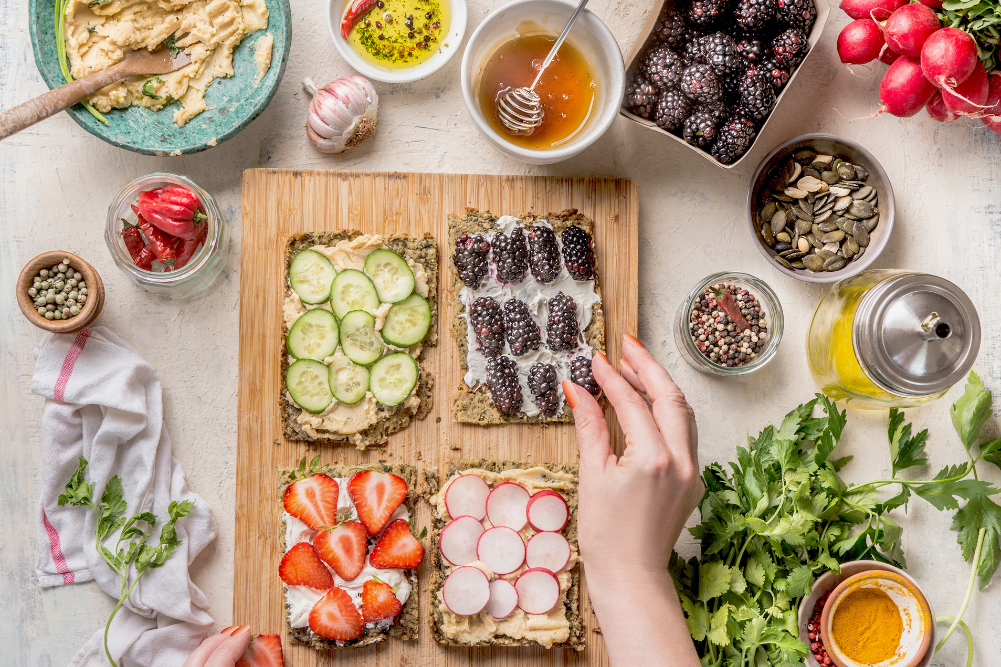Healing trauma, a road less travelled
When hope seemed lost, WellBeing reader Allison Page turned to daily practices and horses to rebuild her life.
“Wow! It sounds like you’ve lived several lives, Ally,” a colleague remarked. I don’t recall what triggered the comment, but I remember my response. “Yeah, I really have,” I said softly. I flinched at a few unwanted memories before lightening the conversation with a goofy joke. Nobody seemed to notice. I’ve gotten pretty good at deflection. They say trauma makes you funny. I guess there are worse coping mechanisms out there. I should know, I’ve tried many of them!
My inability to process some big adult themes experienced at a young age resulted in an “off-the- rails” adolescence – school drop out by 16, rehab at 18. Depressive episodes, flashbacks, feeling hopeless and wondering if it would ever get better was the norm. The black dog was my constant.
That version of me has been gone for so long now that it’s hard to believe I’m writing about myself. This article, for me, is an acknowledgement that healing doesn’t mean an absence of pain, darkness or triggers; it does mean work and daily practices. It works if you work on it. Once I became sober at 18, I made the daily choice to walk a path towards growth and healing. After exhausting unhealthy coping mechanisms, I threw in the towel and tried a healthier path. These are harder – they require facing issues head on as opposed to avoiding them.
My daily practices include one or more of the following: meditation and mindfulness, getting out in nature, turning the phone off and being present, movement (Pilates, hiking, dancing around the house), journalling, piano, calling a friend (someone able to both hold space and communicate when they can’t), self-compassion and self-check in. Once per month, I attend therapy with a trusted psychologist where we predominantly focus on trauma work.
My healing toolbox levelled up around the time I reconnected with horses, my self-care anchor. For others, an anchor is nature, gym or something else. For me, it is and always has been horses. They ground me, allow me to see where I’m at on the inside and remind me that I need to lean into feelings and not default to avoidance (such as scrolling through social media, working too much, binge eating and seeking external validation). Not a magic fix, horses nudge me further down my healing path.
Turning 40 came with an unexpected resurfacing of painful memories and, with that, flashbacks, immense sadness, self-doubt and feeling unlovable, invisible and a burden. It was harder to feign a smile at work. I got needier in friendships and sensitive to loud noises and bright lights. I felt less confident in almost every area of life.
Thankfully, the inner work I’d done and continue to do allowed me to recognise the intensity and uncontrollable feelings for what they were – my PTSD doing its thing. I reached for healthier coping mechanisms and practised self-regulation as best as I could.
What didn’t waver was a deep-seated belief that the cloud would pass. Despite these triggers, I came out the other side feeling grateful for friendships, sobriety, family and a job that, while incredibly challenging, is greater than anything I could have imagined for myself. More than anything, I’m grateful for continuing to choose a healing path.
I’m not sure I’ll ever fully shake the black dog. Old patterns don’t just disappear. I’m a work-in-progress. Teaching the nervous system it doesn’t need to go into fight or flight because the doorbell rang, someone hasn’t shown consistent behaviour or a car backfired is hard work, and I’m all in to do it. I’ve learned what it feels like to not be anxious all the time, to feel happiness and believe there are good people in this world. Some days I wonder if I’m too broken, but those days are few and I see them for what they are now – an old thought pattern, spawned from trauma. Those are the days I hold on tight and whisper “this too shall pass”. It always does.
I wish the younger me could see me now. If I could turn back time and slip a note under that scared, confused little girl’s pillow, here’s what I’d say: I’d tell her what life looks like now and that she’s going to be okay. She is worthy of love and that she is a priority even if she’s not prioritised. Any attention isn’t better than none. Chaos isn’t normal, calm isn’t boring and her spark doesn’t need to be hidden. It’s okay to set a boundary and that being abandoned wasn’t her fault. I’d tell her she’s a fighter and there will come a day where she realises she isn’t just surviving anymore, she’s living. I’m telling this to her now.








